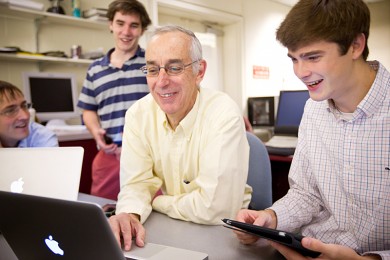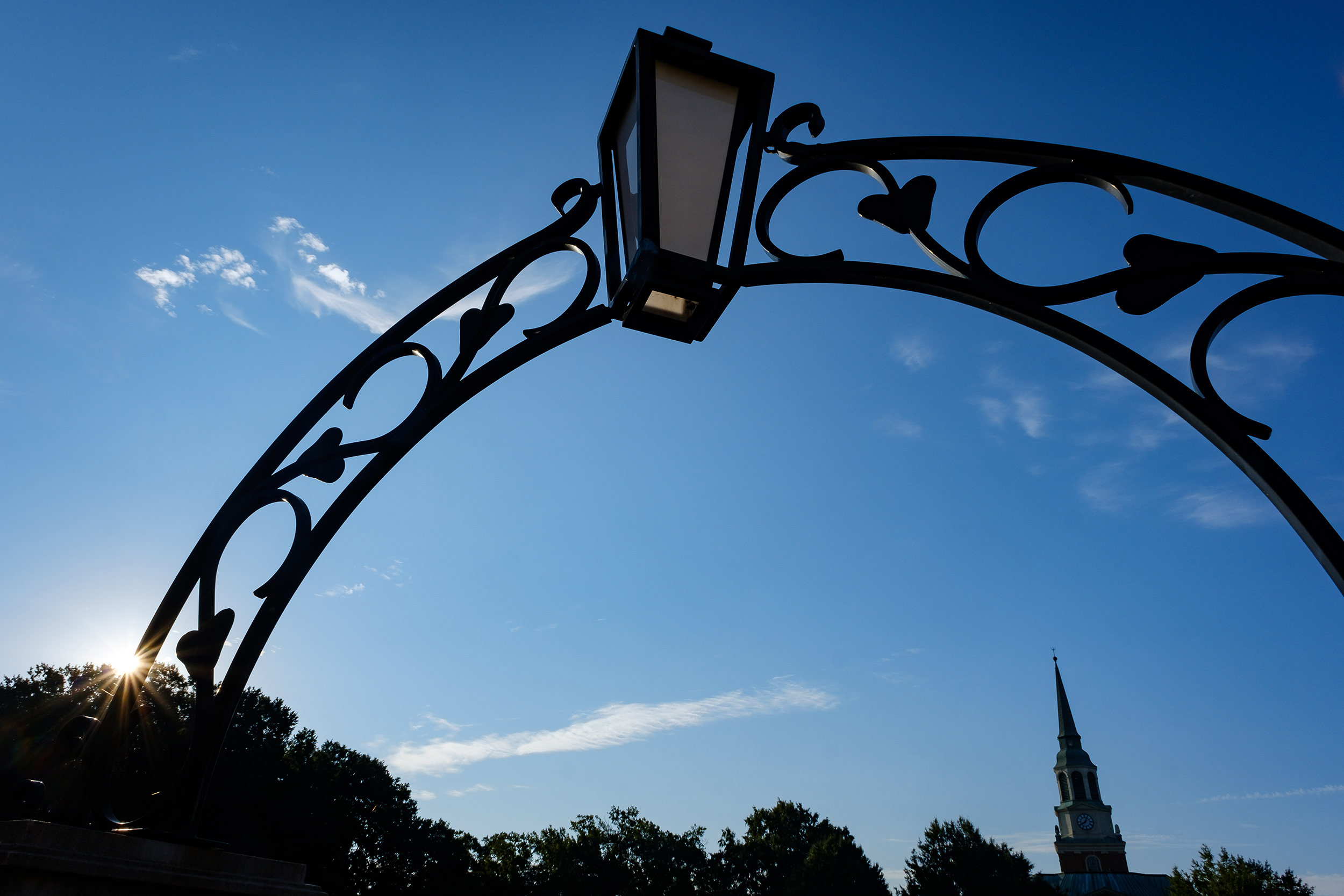Green means go
College campuses nationwide grapple with insufficient parking. Many respond by building parking decks, but Wake Forest is working to find better, more environmentally sustainable, alternative transportation solutions like car-sharing and shuttle services. And students, faculty and staff are ready for change.
“We spent a lot of time and did a thorough job of thinking through our needs at Wake Forest before we planned alternative transportation options—and it’s been one of our biggest hits,” said Sustainability Director Dedee DeLongpre Johnston.
Membership in the University’s Zipcar car-sharing program doubled in the first month of the new semester. At the same time, the number of first-year students purchasing fall parking permits decreased to 298, down from 352 in September 2009. By offering alternative transportation programs, the Zipcar program may have encouraged some students to leave their cars at home.
“Many universities don’t allow first-year students to bring cars. We want it to be a voluntary decision, and we want to offer support to make that decision easier,” Johnston said.

Professor Daniel Canas works with Michael Crouse (left), Tom Laughran and sophomore V.J. Cerniglia (right) on their new iPhone application that tracks the Wake Forest shuttle service in real time using GPS technology.
Juniors, seniors, faculty and staff are also “Riding the Wake” on the University’s Wake Line shuttle service. The service runs regular routes to nearby, off-campus apartment complexes and satellite offices. So for those who bring cars to college, it’s easier to keep them parked—decreasing traffic congestion and gas consumption. Shuttle ridership has doubled so far this year thanks, in large part, to Michael Crouse (’10), Thomas Loughran (’10), junior V.J. Cerniglia and computer science professor Daniel Canas, who developed an iPhone application to track the shuttles’ locations in real time using GPS. The software updates the shuttle location every five seconds. This campus-developed software is used in place of commercial products that can run tens of thousands of dollars, and it has built trust and reliability into the shuttle program.
DeLongpré Johnston says the shuttles are cost-effective options for sustainable transportation. “They’re the right size, for the right number of people, and they’re operated by Wake Forest employees.”
The University also offers weekend shuttle service to downtown Winston-Salem and a solar-electric bus for on-campus transportation.
Categories: Campus Life, Community Impact, Environment & Sustainability, Experiential Learning, University Announcements
Media Contact
Wake Forest News
media@wfu.edu
336.758.5237



